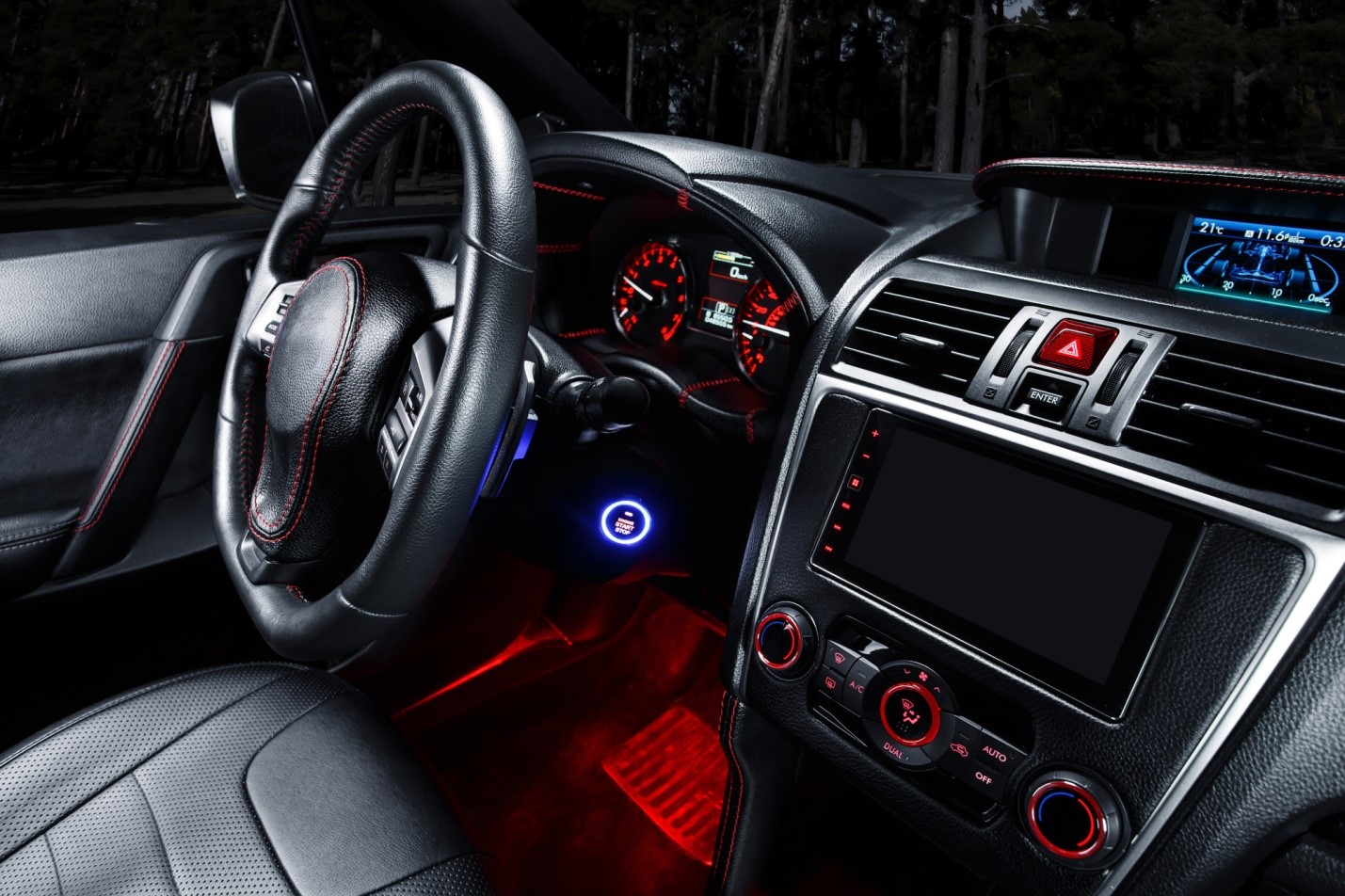Like any other technology, the web is evolving and it is evolving rather quickly. Due to lack of standards, there seems to be a little bewilderment regarding its evolution and versions but the most acceptable stages of evolution are as follows:
- Web 1.0
- Web 2.0
- Web 3.0 (Also known as Semantic Web)
So, what is the difference between these versions?
Web 1.0: The Internet before 1999, experts call it Read-Only era. The average internet user’s role was limited only to reading the information presented to him. The best examples are millions of static websites which mushroomed during the.com boom. There was no active communication or information flow from consumer of the information to producer of the information.
Web 2.0: The lack of active interaction of common user with the web lead to the birth of Web 2.0. The year 1999 marked the beginning of a Read-Write-Publish era with notable contributions from LiveJournal (Launched in April, 1999) and Blogger (Launched in August, 1999). Now even a non-technical user can actively interact & contribute to the web using different blog platforms. This era empowered the common user with a few new concepts viz. Blog, Social-Media & Video-Streaming. Publishing your content is only a few clicks away! Few remarkable developments of Web 2.0 are Twitter, YouTube, eZineArticles, Flickr and Facebook.
Web 3.0: It seems we have everything whatever we had wished for in Web 2.0, but it is way behind when it comes to intelligence. Perhaps a six year old child has a better analytical abilities than the existing search technologies! Keyword based search of web 2.0 resulted in an information overload. The following attributes are going to be a part of Web 3.0:
- contextual Search
- Tailor made Search
- Personalized Search
- Evolution of 3D Web
- Deductive Reasoning
Though Web is yet to see something which can be termed as fairly intelligent but the efforts to achieve this goal has already began. 2 weeks back the Official Google Blog mentioned about how Google search algorithm is now getting intelligent as it can identify many synonyms.
For example Pictures & Photos are now treated as similar in meaning. From now onwards your search query GM crop will not lead you to GM (General Motors) website. Why? Cause, first by synonym identification Google will understand that GM may mean General Motors or Genetically Modified. Then by context i.e. by the keyword crop it will deduce that the user wants information on genetically modified crops and not on General Motors. Similarly, GM car will not lead you to genetically modified crop. Try out yourself to check how this newly added artificial intelligence works in Google. Also, there are many websites built on Web 3.0 which personalizes your search. The web is indeed getting intelligent.











